About Gingerbread
Gingerbread is a ransomware type of virus that comes from the family of @aol.com ransomwares. It’s a dangerous computer infection and can lead to permanent file loss. You can infect your computer if you open malicious email attachments, download fake software updates or use peer-to-peer networks (Torrents). If you computer gets infected, the ransomware will encrypt your files and then demand that you pay a certain sum of money. It’s not yet known how much money they will ask of you for the decryption key but whatever it is, we don’t suggest you pay anything. Ransomware developers very rarely give you the decryption key so you’ll end up just wasting your money. Remove Gingerbread ransomware without mercy.

How does Gingerbread act?
Gingerbread ransomware mainly spreads via spam emails. We suggest you never open malicious spam email attachments as most of the time, those files are infected with some sort of malware. The sender could be pretending to be from a company or a government organization and pressure you to open the attachment. If it’s in the spam folder and causes suspicion, you need to delete it immediately. You can also get infected if you download a fake software update. Only download updates from websites you trust and not random pop-ups that claim your software is out of date. And if you must use Torrents, at least make sure you’re not downloading ransomware.
If you download Gingerbread, it will use complex encryption algorithms to make your files unreadable. Once that is done, the victim will find a ransom note that will explain what has happened. Gingerbread ransomware tells a children’s story about Gingerbread, saying that it needs money. If you help it, i.e. pay the ransom, your files will be restored. The note does not inform the victim of how much money the developers want but it does provide an email address. If you email them, they will give you instructions on how to restore the files. We don’t suggest you do. If you pay, you might get nothing back. You’re trusting the people who encrypted your files in the first to keep their word. And they will most likely just take your money. Unfortunately, unless you have backup, there currently is no way to decrypt the files. Delete Gingerbread ransomware. Please note that you need to first remove Gingerbread and only then restore your files from backup. Otherwise, you are risking corrupting those files as well.
Gingerbread removal
Anti-malware software is needed to safely delete Gingerbread ransomware. If you try to erase Gingerbread manually, you risk permanently damaging your computer. Instructions for Gingerbread removal will be provided below.
Offers
Download Removal Toolto scan for GingerbreadUse our recommended removal tool to scan for Gingerbread. Trial version of provides detection of computer threats like Gingerbread and assists in its removal for FREE. You can delete detected registry entries, files and processes yourself or purchase a full version.
More information about SpyWarrior and Uninstall Instructions. Please review SpyWarrior EULA and Privacy Policy. SpyWarrior scanner is free. If it detects a malware, purchase its full version to remove it.

WiperSoft Review Details WiperSoft (www.wipersoft.com) is a security tool that provides real-time security from potential threats. Nowadays, many users tend to download free software from the Intern ...
Download|more


Is MacKeeper a virus? MacKeeper is not a virus, nor is it a scam. While there are various opinions about the program on the Internet, a lot of the people who so notoriously hate the program have neve ...
Download|more


While the creators of MalwareBytes anti-malware have not been in this business for long time, they make up for it with their enthusiastic approach. Statistic from such websites like CNET shows that th ...
Download|more
Quick Menu
Step 1. Delete Gingerbread using Safe Mode with Networking.
Remove Gingerbread from Windows 7/Windows Vista/Windows XP
- Click on Start and select Shutdown.
- Choose Restart and click OK.

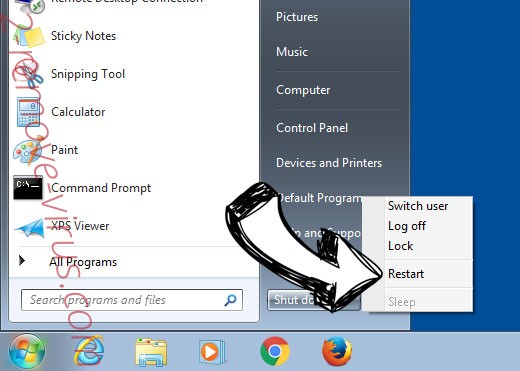
- Start tapping F8 when your PC starts loading.
- Under Advanced Boot Options, choose Safe Mode with Networking.

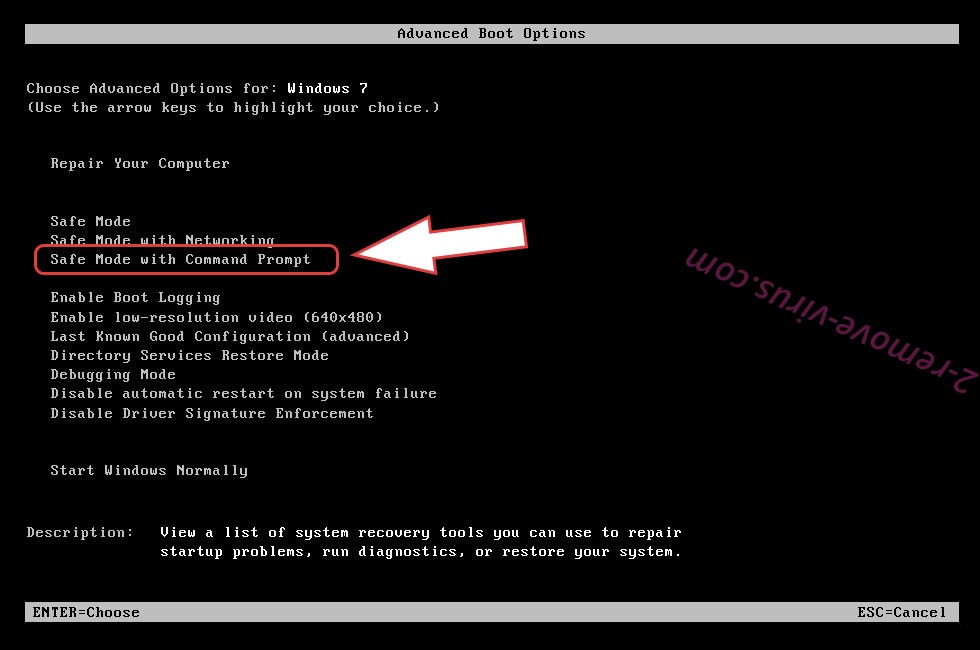
- Open your browser and download the anti-malware utility.
- Use the utility to remove Gingerbread
Remove Gingerbread from Windows 8/Windows 10
- On the Windows login screen, press the Power button.
- Tap and hold Shift and select Restart.

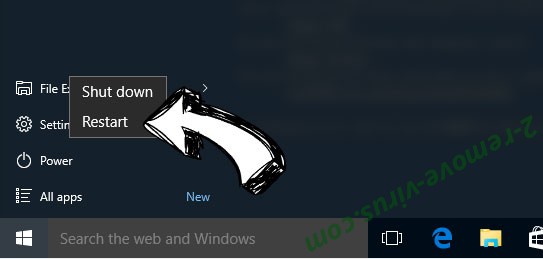
- Go to Troubleshoot → Advanced options → Start Settings.
- Choose Enable Safe Mode or Safe Mode with Networking under Startup Settings.

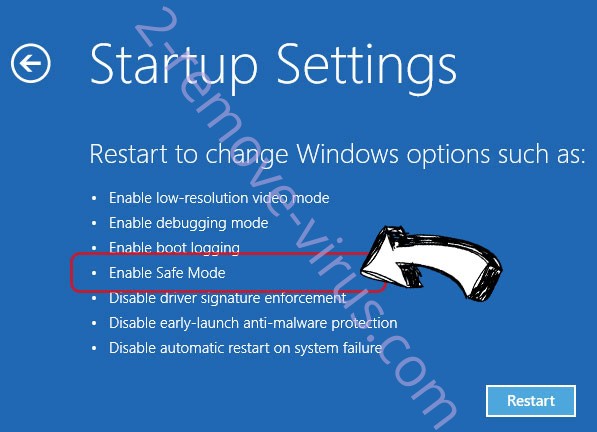
- Click Restart.
- Open your web browser and download the malware remover.
- Use the software to delete Gingerbread
Step 2. Restore Your Files using System Restore
Delete Gingerbread from Windows 7/Windows Vista/Windows XP
- Click Start and choose Shutdown.
- Select Restart and OK


- When your PC starts loading, press F8 repeatedly to open Advanced Boot Options
- Choose Command Prompt from the list.

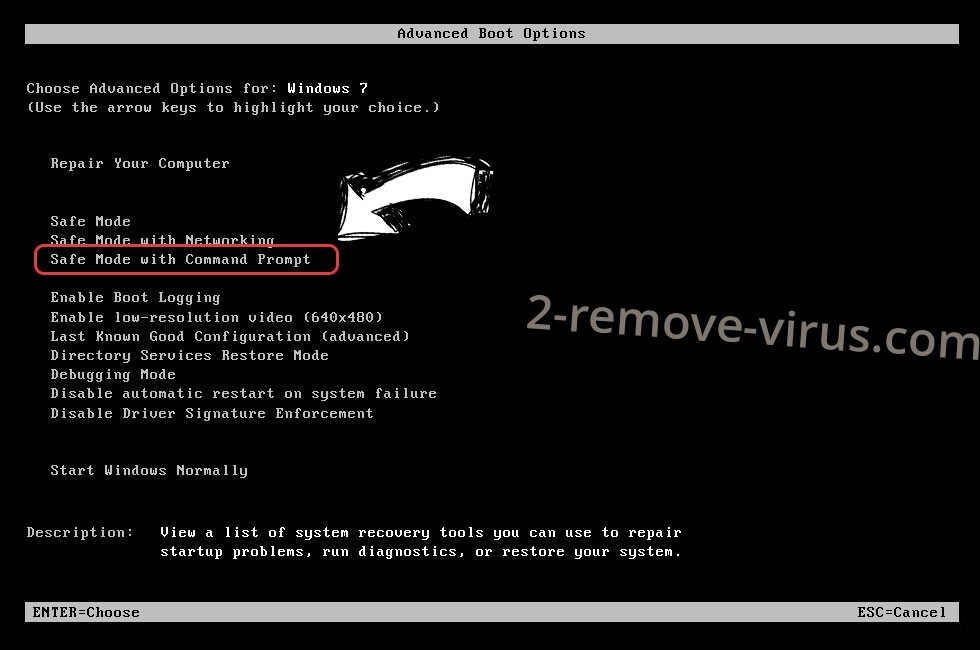
- Type in cd restore and tap Enter.

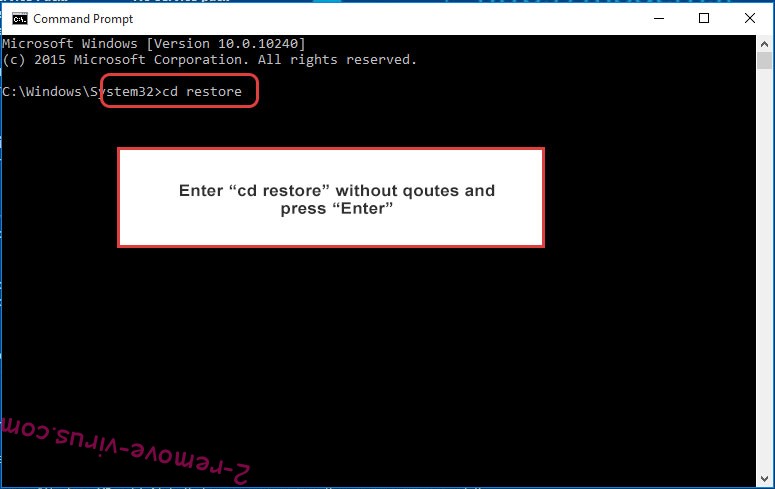
- Type in rstrui.exe and press Enter.

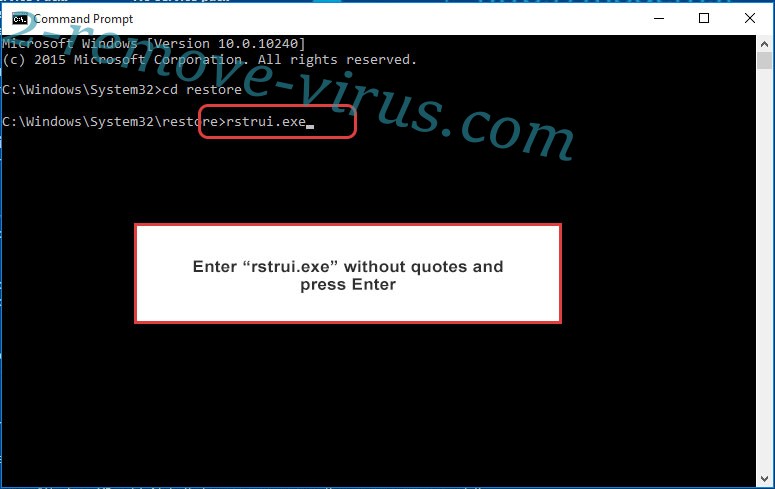
- Click Next in the new window and select the restore point prior to the infection.

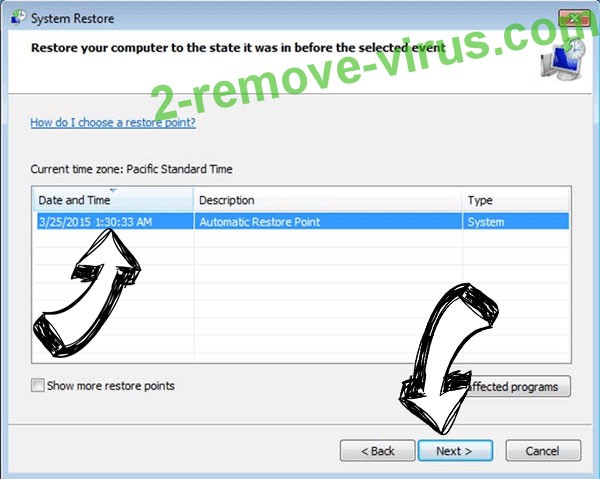
- Click Next again and click Yes to begin the system restore.

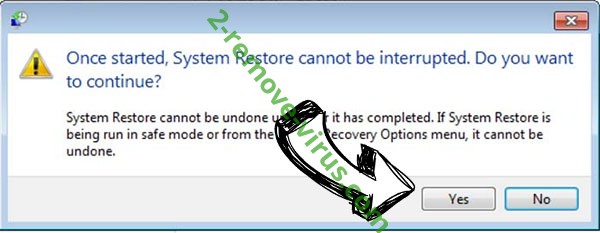
Delete Gingerbread from Windows 8/Windows 10
- Click the Power button on the Windows login screen.
- Press and hold Shift and click Restart.


- Choose Troubleshoot and go to Advanced options.
- Select Command Prompt and click Restart.

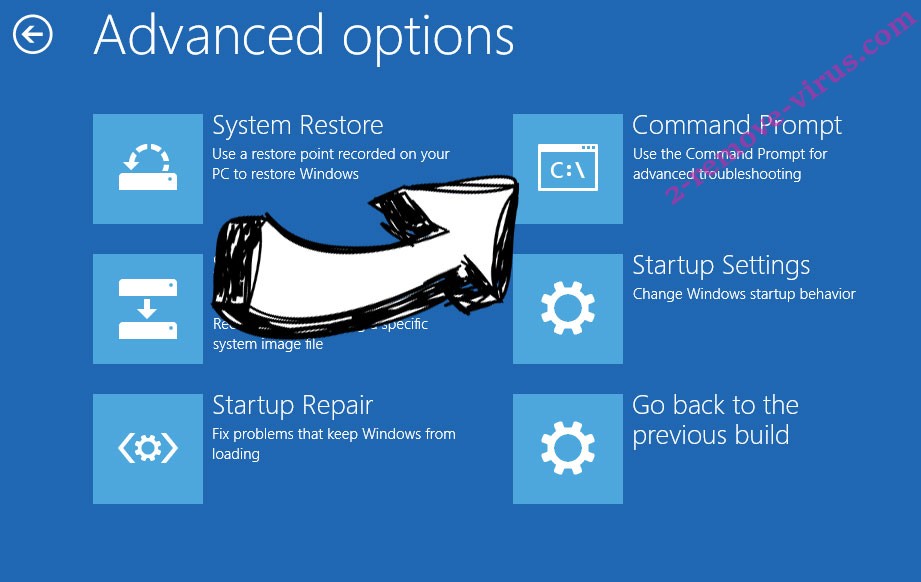
- In Command Prompt, input cd restore and tap Enter.


- Type in rstrui.exe and tap Enter again.


- Click Next in the new System Restore window.

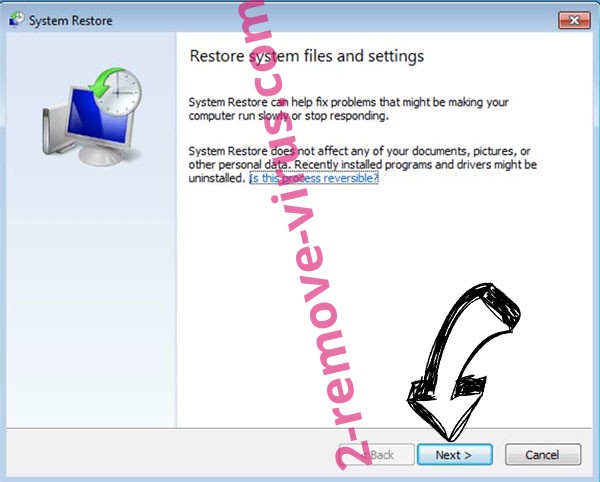
- Choose the restore point prior to the infection.


- Click Next and then click Yes to restore your system.


Site Disclaimer
2-remove-virus.com is not sponsored, owned, affiliated, or linked to malware developers or distributors that are referenced in this article. The article does not promote or endorse any type of malware. We aim at providing useful information that will help computer users to detect and eliminate the unwanted malicious programs from their computers. This can be done manually by following the instructions presented in the article or automatically by implementing the suggested anti-malware tools.
The article is only meant to be used for educational purposes. If you follow the instructions given in the article, you agree to be contracted by the disclaimer. We do not guarantee that the artcile will present you with a solution that removes the malign threats completely. Malware changes constantly, which is why, in some cases, it may be difficult to clean the computer fully by using only the manual removal instructions.
